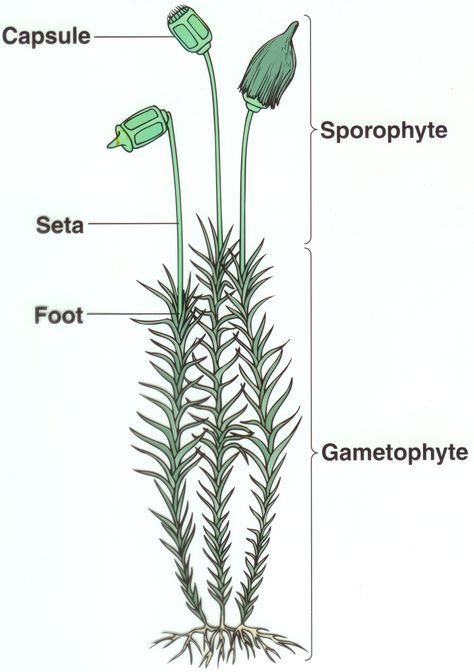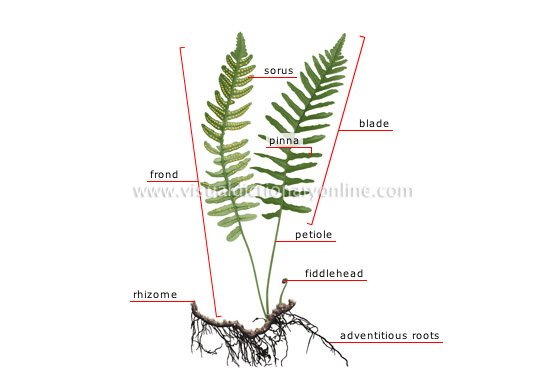THE LOWER PLANTS
The term lower plants refer to a group of plants which occupy the lower rungs of the ladder in the classification hierarchy of the kingdom plantar (Plant Kingdom). Plants are divided into groups on the basis of the complexity of the organization of their body and the type of reproduction hey undergo. This grouping is called ‘taxonomy’ in Botany.
Generally, plants are grouped as flowerless or seedless plants (Cryptogams) and flowering or seed plants (Phanerogams). Most people, especially non-biologists, are familiar with the latter groups because they depend, largely, on them for food, medicine, shelter, construction, industry, aesthetics, etc. However, the former group, also occupy a position in the natural ecosystem that their role in maintaining ecological stability and sustaining biodiversity cannot be overemphasized. They are studied in Botany under various disciplines usually termed algology or phycology, mycology, bryology etc.
The cryptograms are the lower plants and they are classified into three main groups which are:
- Thallophyta
- Bryophyta
- Pteridophyta
The Thallophyta comprise bacteria, algae, fungi, and lichens. They have little or no differentiation of their bodies and the simple structure of their bodies earned them the name thallus from which Thallophyta derives.
The Bryophyta includes the liverworts, horned liverworts, and mosses. These show some degree of differentiation into leaf and rhizoids.

The Pteridophyta includes all ferns and fern-like plants. These three categories of lower level of organization in the taxonomic hierarchy.
